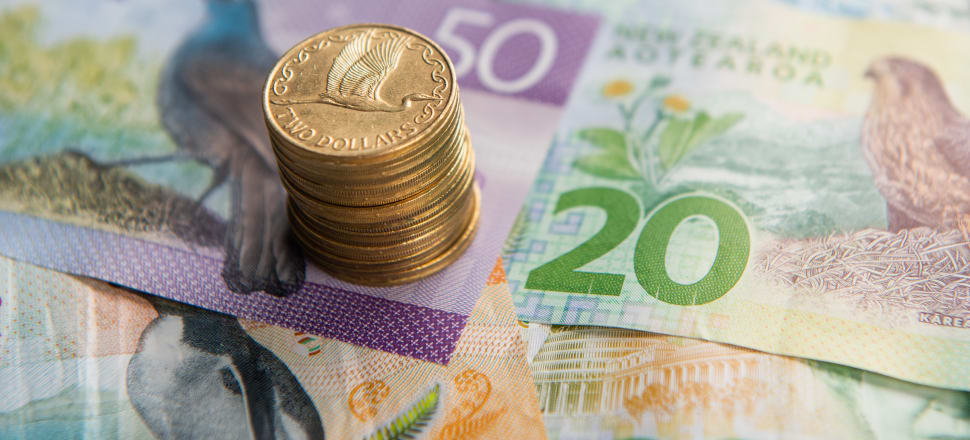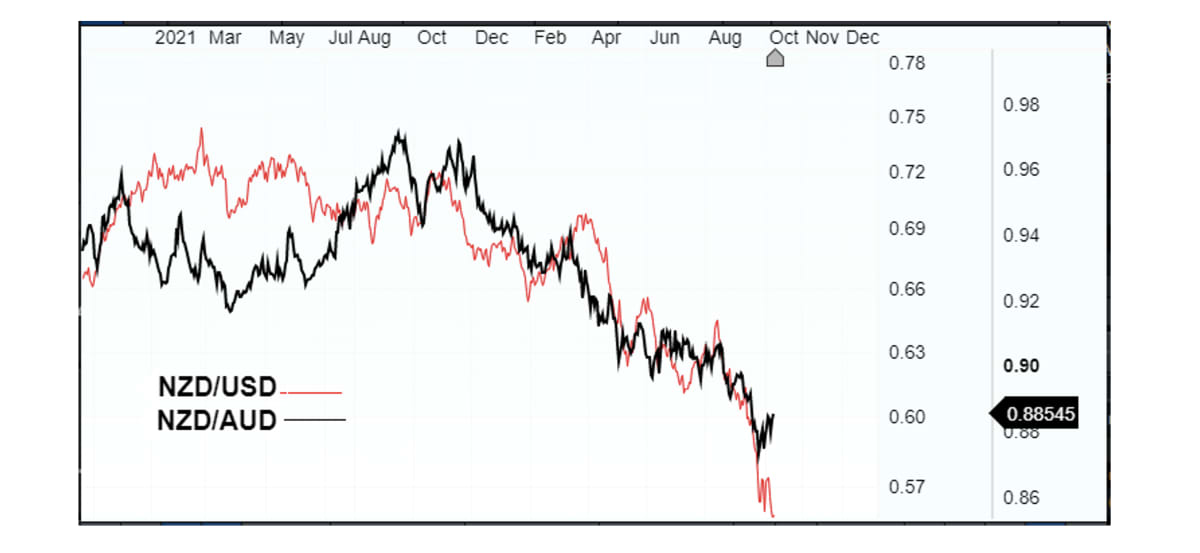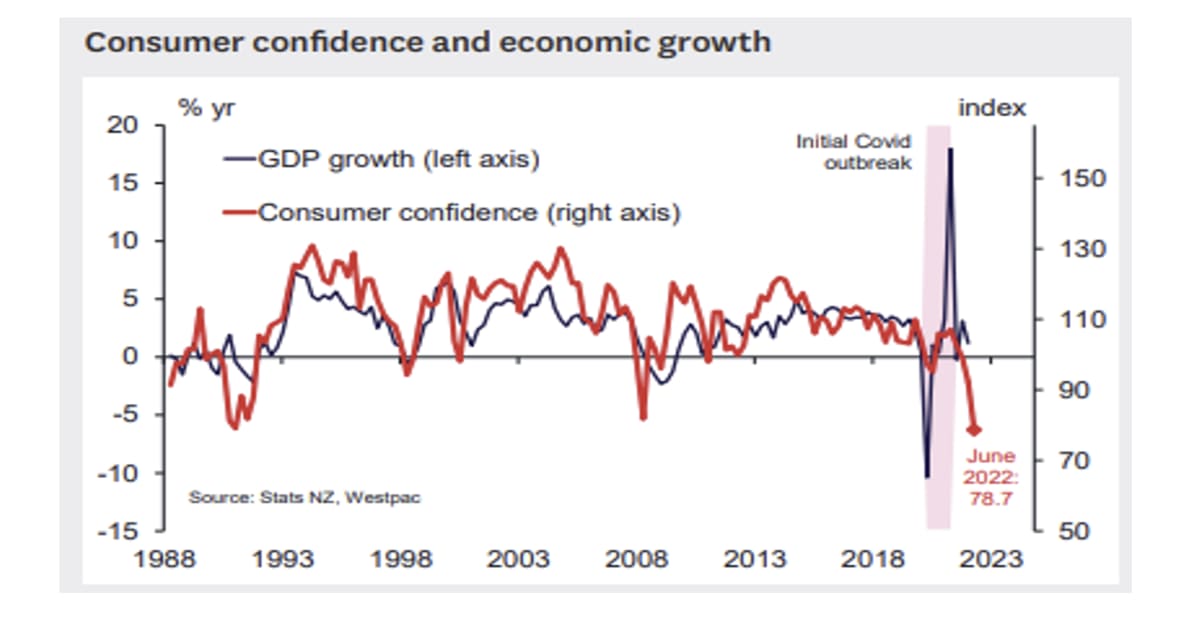
As inflation grows and consumer spending tightens, the Reserve Bank is likely to try to protect the NZD against competing currencies with further rate rises - we may even see the kiwi rebounding in the fourth quarter. Tina Teng explains why.
The Official Cash Rate has once again been hiked, hitting 3.5 percent following significant inflation and a sharp decline in the kiwi dollar.
This is the fifth consecutive hike the Reserve Bank has imposed in six months, bringing the Official Cash Rate (OCR) to a seven-year high.
Inflation is now running at 7.3 percent year on year in the second quarter, and with the committee indicating more hikes may be needed to control it, we could see rates hit 4 percent by year’s end.
This change of rhetoric from the Reserve Bank follows yet another US rate hike. The Fed’s 75 bps hike in September was the third in a row, taking it up to 3.25 percent.
Reserve Bank seeks to defend a weak NZ dollar
With a skyrocketing US dollar, the NZD is taking a nose dive – bad news for domestic inflationary pressure and detrimental to the New Zealand economy given the backdrop of weakened demand from China, the US, and EU.
The Kiwi dollar has dropped by 25 percent against the US dollar from its high of 74 US cents in February last year, to now just under 56 US cents. It’s also down 21 percent against the Aussie dollar from its high of 97 Australian cents in September last year to just above 88 Australian cents now.

This scenario could lead to a further jump in the Consumer Price Index (CPI) in the third quarter, and September quarter results are expected to hit 7.10 percent.
ANZ recently reported that the NZ World Commodity Price Index fell 0.5 percent in September in US dollar terms, continuing the downtrend since April, but the index appreciated 3.3 percent in local currency terms as the NZD depreciated by 2.5 percent against the Trade Weighted Index. This is a measure of the value of the New Zealand dollar relative to the currencies of our major trading partners: USD, GBP, Australian dollar, Japanese Yen, Eurodollar and Chinese Yuan.
To defend the Kiwi dollar, the Reserve Bank will continue to tighten monetary policy as needed to buffer the devaluation that was caused by accelerating rate hikes globally.
However, this poses a dilemma for the Reserve Bank - a downbeat economy and sticky inflation. GDP rose by 1.7 percent sequentially in the second quarter, following 0.2 percent in the first quarter, with annual growth reducing to 1 percent from 4.9 percent in the prior quarter according to Stats NZ.
Despite a rebound in growth with the border reopening, GDP growth was still subdued because of the more than two-year-long border closures. Rising interest rates continue to restrain consumer spending, with the June quarter consumer confidence index falling to the lowest level since 2008.

To tackle decades-high inflation, and hold up the Kiwi dollar, the Reserve Bank must keep raising interest rates, even though it could further constrain economic growth.
Could the Kiwi rebound in the fourth quarter?
The answer is yes, the New Zealand dollar may at least rebound against its trans-Tasman peer, the Australian dollar, and this could continue until the end of the year.
In the first week of October, the Reserve Bank of Australia (RBA) surprisingly downsized its rate hike to 25 basis points, less than the expected 50 basis points, suggesting that the RBA has hit peak-hawkishness, though it is still in a rate hike cycle.
By contrast, the Reserve Bank of New Zealand (RBNZ) raised its OCR by 50 basis points for the fifth consecutive time and indicated it could make an outsized rate hike if needed to tame inflation. This policy divergence instantly sent the Kiwi higher against the Australian dollar on the day of the announcement. The rebound in rates of the two currencies could continue for the next three to six months until global central banks ease their rate hike path.
The Reserve Bank’s stable rate hike path will also cushion the drop in the Kiwi dollar against the US dollar, and there might still be room for the pair the go lower - but this will be limited because of the way the rising rates are matching pace.
In terms of other major trading partner currencies, the GBP and Eurodollar may deepen their losses due to economic uncertainty; especially the recent crash in the pound suggesting that the Bank of England may have to slow down rate hikes and extend its emergency stimulus measures to save its economy.
The Eurodollar is also suffering from the energy crisis induced by the Russia-Ukraine war. The Kiwi dollar may get a respite from the devaluation against these currencies.
Finally, the Chinese Yuan and Japanese Yen’s weakness may continue throughout the rest of the year due to the policy difference between the two central banks and the Reserve Bank. But thankfully, the New Zealand dollar is likely to rebound against both currencies in the fourth quarter.
Disclaimer: This is not investing advice and should be read and viewed as general information. No opinion given in the material constitutes a recommendation by CMC.







